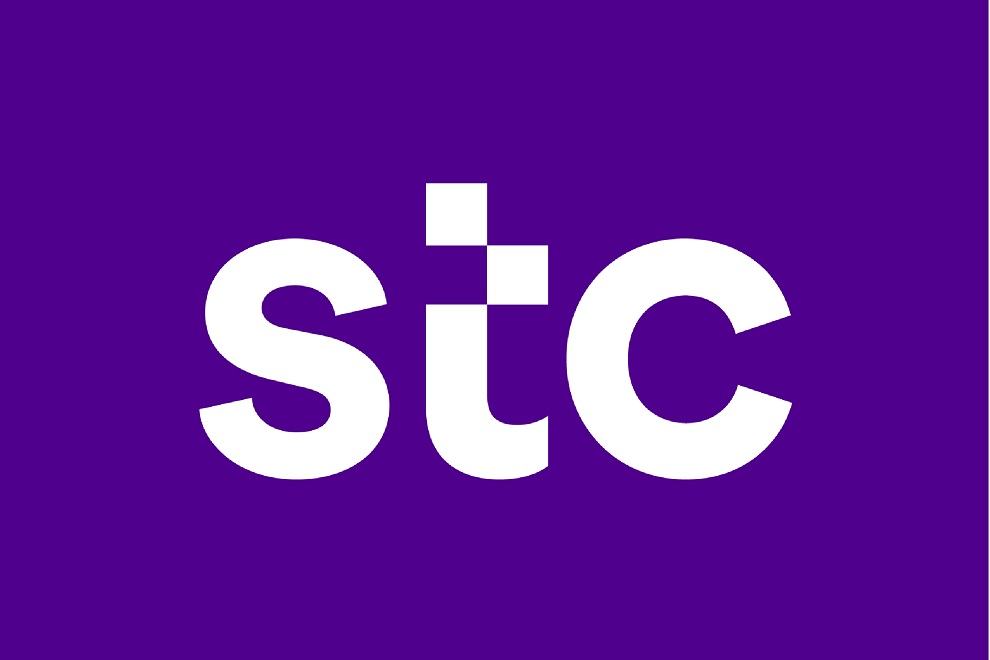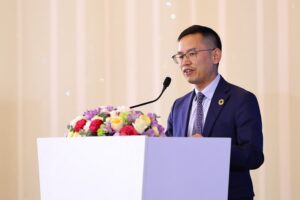Kuwait Telecommunications Company – stc announced the successful completion of migration to the next-generation telecom hardware platform. Leveraging its new Advanced RISC Machine (“ARM”) platform capability, ultra-high performance and integration, extremely simplified networking, and ultra-low power consumption, it supports stc in achieving a carrier-grade hyper converged infrastructure in alignment with its 5.5G strategy.
As the telecommunications industry strives for holistic development across end-to-end infrastructure, network pipes, and cloud computing resources, the nature of computational power undergoes a profound diversification. Moving away from the traditional dominance of CPU-centric architectures, there is a paradigm shift towards multifaceted computing modalities. This evolution not only expands the computational horsepower but also fosters versatility and adaptability in meeting the diverse demands of modern telecommunications networks.
The ARM CPU architecture stands as a pioneer in the realm of modern computing, renowned for its efficiency, versatility, and widespread adoption across a multitude of devices. Minimalist design enables ARM processors to deliver exceptional performance while consuming minimal power, serving as an ideal option for a diverse range of applications. This agility not only accelerates time-to-market but also fosters innovation by enabling experimentation and iteration without the constraints imposed by rigid hardware architectures. Major industry players like Apple, Samsung, Qualcomm, NVIDIA, and Huawei leverage ARM-based processors in their products, driving innovation and market growth. Notable investors in ARM include SoftBank Group, NVIDIA, Intel, and Apple, highlighting the strategic importance and substantial investment in ARM’s development and expansion. With ongoing advancements and collaborations, the ARM ecosystem continues to shape the future of computing across diverse sectors, emphasizing efficiency, scalability, and adaptability as its core strengths.
New hardware provides a more powerful platform for serving the rich new 5.5G evolution requirements. Computing ability has improved 1.5X compared to the last generation, allowing for higher-throughput peak-per-user requirements. Additionally, the Mesh card for the high-performance forwarding framework enables extremely simplified networking, saving east-west traffic in the chassis. Finally, the super low power consumption helps to meet the green energy target by saving more than 30 percent in power consumption.
Eng. Fahad Al Ali, CTO of stc, expressed his enthusiasm about the accomplishment, stating, “At stc Kuwait, we continue to be pioneers of telecom technology. As we embrace the new generation of telecom hardware, we are committed to providing the best and most stable network for our users. Introducing agility to accommodate dynamic workloads, optimize resource utilization, and seamlessly adapt to emerging technologies supports the efficiency and performance of stc’s networks. This also lays the foundation for unlocking unprecedented opportunities in the 5.5G era and beyond.” Al Ali added, “With the iteration of new technologies and increasing innovation requirements, the required standards for the telecom cloud platform are more demanding. The upgrade of the telecom cloud platform ensures stc achieves the most stable and robust core deployment as well as readiness for 5.5G-oriented continuous evolution. stc continues to invest in different aspects of network construction to bring the best user experience for our customers. Newly deployed hardware architecture stands as a testament to the power of innovation and collaboration in shaping the future of computing. Its efficiency, scalability, and adaptability make it a cornerstone of modern technology, driving progress and enabling groundbreaking advancements.”












